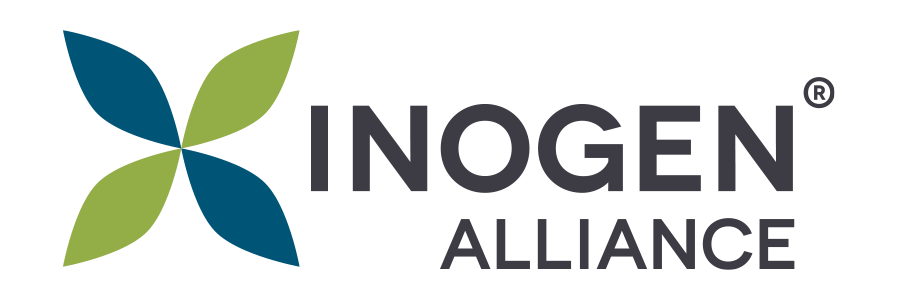Summary and Takeaways From COP26

Summary and Takeaways from COP26
The 2021 United Nations Climate Change Conference, also known as COP26, was recently held in Glasgow, Scotland. The conference was a significant global event bringing together stakeholders from the private sector, the public sector, and nonprofits, and the gathering led both to encouragement and disappointment in various groups. After the conclusion of the event our global teams took some time to analyze and came up with some key points to summarize the event and how it might impact our clients.
Private Sector Response
COP26 showed that the private sector is leading change, driven by the financial sector. The financial sector created what was probably the most significant output of COP26, with the creation of the new International Sustainability Standards Board (or ISSB). The purpose of the ISSB is to provide a consistent global standard for Environmental, Social, and Governance (ESG) reporting that will allow companies to report on relevant ESG factors.
“Investors are starting to drive change as they can consider the long term view, but we see the challenges faced by governments working on approximately 5 year election cycles. Ultimately, those who are investing our pensions for decades ahead are reading the issues and driving the change," Alex Ferguson, Managing Director at Delta-Simons UK.
The current ESG reporting space is very complicated, with a variety of different frameworks that were developed by different organizations for different reasons. The ISSB should help create a set of standards that is uniform, consistent, and easy to understand, thus improving trust in global ESG disclosures, simplifying the reporting process, and improving adoption of ESG reporting in corporations. The Board will focus on the same pillars laid out in the TCFD: governance, strategy, risk management, and metrics and targets. The key focus at this point is climate, but there is discussion around moving into other areas of ESG.
Some standards organizations are already integrating into the Board; the Climate Disclosure Standards Board and the Value Reporting Foundation should be integrated into the Board by June 2022. Further work is ongoing and Inogen expects this process to continue over the next few years.
Other industries have pushed out many new innovations, including new commitments for investment in the areas of sustainable agriculture and transportation. Various corporations made public pledges to invest in sustainable technology, supported by funding from the different governments in attendance. Automotive companies committed to pushing zero-emission vehicles towards the market by 2035, while a group of UK supermarkets committed to halving the environmental impact of the average UK shopping basket by 2030. These are further examples of how change is being led by the private sector.
Public Sector Response
The response from the governments involved was an agreement called the Glasgow Climate Pact. The Pact has three key elements:
- A “request” that countries revisit their climate pledges by the end of 2022;
- A phase-down of coal
- A set of processes for climate finance, plus finance for loss and damage
Reception among the public was mixed; some were happy to see the countries adopt something at all, while others felt that the public sector didn’t go far enough. The carbon trading deal lacked regulations, the funding mechanisms for poor countries were insufficient, and there was no framework for financial compensation of environmental damage, but a deal was formed between the US and China related to the 1.5C goal, a new carbon trading concept was created, and there was a general agreement to reduce subsidies on fossil fuels.
Impact on Inogen Alliance Clients
These developments should, over time, greatly simplify the process of ESG reporting. Instead of performing a complex exercise to select a reporting framework. Inogen Alliance’s clients should be able to apply a set of unified standards that allow more effective benchmarking, reporting, and analysis. The Alliance globally is monitoring these new developments and is prepared to assist clients with implementation of these new standards. The Sustainability Steering Committee, the Sustainability Stewards, and the ESG Subcommittee are collaborating to ensure that our clients learn about these new standards as part of our world-class ESG reporting and strategic advisory services.
Conclusion
In summary, COP26 was a significant global event that unified stakeholders from different backgrounds, geographies, and dispositions. Several commitments were made by the public sector and the private sector, and the financial world made significant progress towards a set of unified global ESG standards. Inogen clients should pay attention to these developments as they should greatly simplify ESG reporting and disclosure.
About Inogen Alliance
Inogen Alliance is a global network made up of dozens of independent local businesses and over 5,000 consultants around the world who can help make your project a success. Our Associates collaborate closely to serve multinational corporations, government agencies, and nonprofit organizations, and we share knowledge and industry experience to provide the highest quality service to our clients. If you want to learn more about how you can work with Inogen Alliance, you can explore our Associates on this webpage or Contact Us. Watch for more News & Blog updates here and follow us on LinkedIn.

